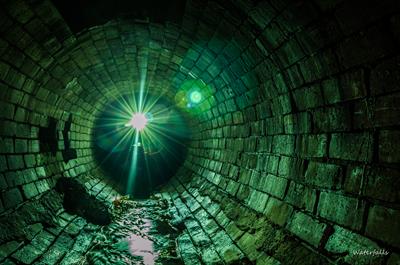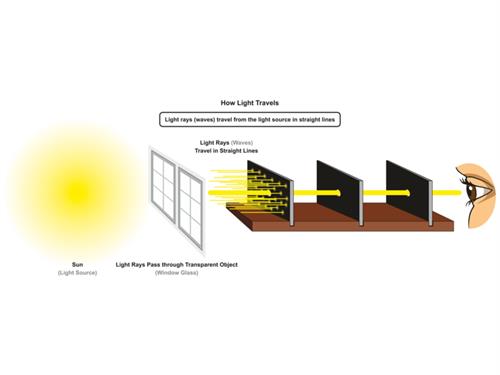PDF chapter test TRY NOW
We see a variety of objects in the world around us, but we can't see anything in a dark room.. Things become visible when the room is lit up.
What causes things to become visible?
The sunlight assists us in seeing objects during the day. When light falls on an object, it reflects it. When this reflected light reaches our eyes, it allows us to see object.

Light makes things visible.
As light passes through a transparent medium, we can see through it. Light is responsible for various fascinating phenomena, including the formation of images in mirrors, the twinkling of stars, the beautiful colours of a rainbow, the bending of light by a medium, and so on. The study of light's properties aids our exploration of them.

Twinkling of stars
Light appears to travel in straight-lines when we observe common optical phenomena around us. The fact that a small light source casts a sharp shadow on an opaque object indicates that light travels in a straight line, commonly referred to as a ray of light.

Straight-line propagation of light
Using the straight-line propagation of light, we will investigate light reflection and refraction phenomena in this chapter. These fundamental concepts will aid us in the investigation of some natural optical phenomena. We will look into how spherical mirrors reflect and refract light, as well as how they are used in real-life situations.
Reference:
https://www.flickr.com/photos/drainrat/15009774119/in/photostream/
https://pixabay.com/photos/stars-constellation-sky-night-sky-1245902/
